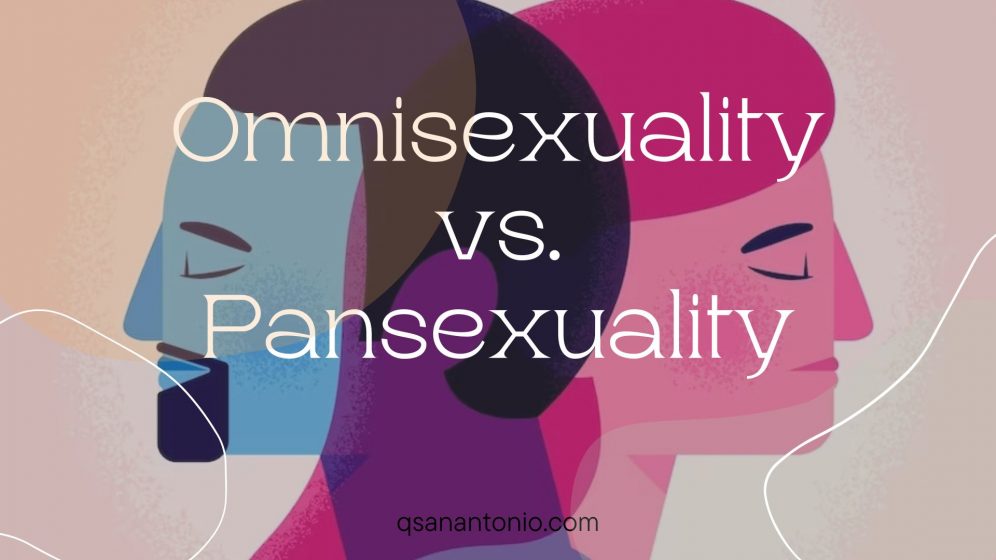Sexual orientations are diverse and nuanced, reflecting the complexity of human attraction and desire. Omnisexuality and pansexuality are two terms within the spectrum of sexual orientations that have gained recognition in recent years. In this article, we will delve into the concepts of omnisexuality and pansexuality, exploring their similarities, differences, and the unique experiences associated with each orientation.
Defining Omnisexuality
Omnisexuality is a sexual orientation characterized by an attraction to people of all genders. Individuals who identify as omnisexual are not limited by the gender binary and may experience attraction to those who identify as male, female, transgender, non-binary, or any other gender identity. Omnisexual individuals recognize and value the diverse range of gender identities, embracing the fluidity and spectrum of attraction without gender as a limiting factor.
Understanding Pansexuality
Pansexuality is another sexual orientation that encompasses attraction to people regardless of their gender identity or expression. Pansexual individuals recognize that attraction can transcend the binary understanding of gender, and they are attracted to individuals based on their unique personalities, regardless of their gender identity. Pansexuality celebrates and embraces the vast range of gender identities, including transgender, non-binary, and other identities beyond the traditional male/female construct.
Comparing Omnisexuality and Pansexuality
While both omnisexuality and pansexuality share the characteristic of being attracted to individuals of various gender identities, there are some distinctions between the two orientations:
- Scope of attraction: Omnisexuality implies an attraction to all genders, including male, female, and non-binary individuals. It encompasses the entire gender spectrum, while acknowledging and valuing the diverse identities within it. Pansexuality, on the other hand, emphasizes attraction regardless of gender and focuses on individual connection and attraction beyond gender boundaries.
- Approach to attraction: Omnisexual individuals may experience attraction to different gender identities in distinct ways, acknowledging and appreciating the nuances of each individual’s gender identity. Pansexual individuals, however, emphasize the importance of personal connections and individual characteristics, considering gender as just one aspect of attraction.
Conclusion
Omnisexuality and pansexuality are both sexual orientations that celebrate the diversity of gender identities and embrace attraction beyond traditional binary constructs. While omnisexuality highlights an attraction to all genders and acknowledges the significance of each individual’s gender identity, pansexuality emphasizes attraction based on personal connections, regardless of gender. Both orientations challenge societal norms and encourage inclusivity, recognizing that attraction is a complex and multi-faceted aspect of human experience. By understanding and respecting these sexual orientations, we can foster a more inclusive and accepting society that celebrates the richness of gender and sexual identities.
